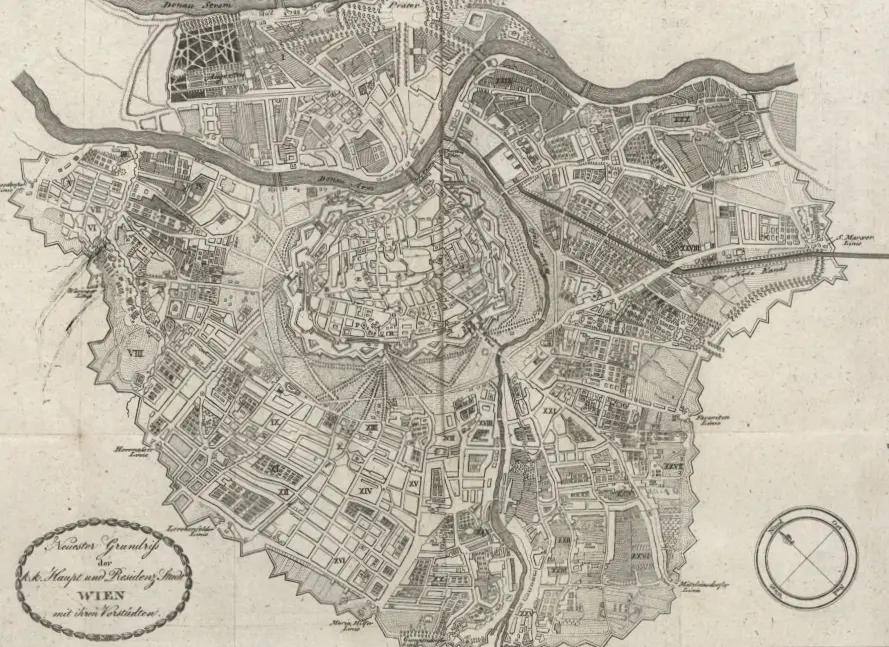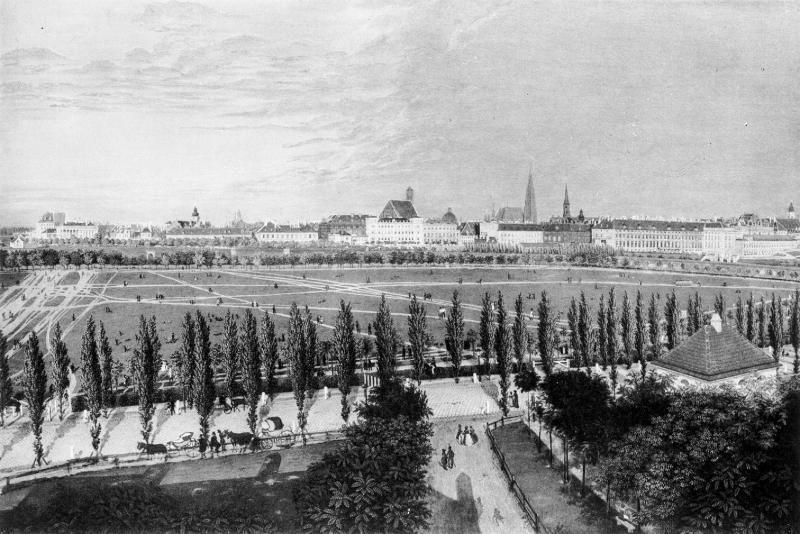For many tradesmen and (low and middle-ranking) officials, rents in the city became unaffordable and they moved into the suburbs. This meant the suburbs grew especially quickly, as residents moving out of the city proper were joined by migrants moving into greater Vienna from other regions. When Beethoven first moved to Vienna, it was home to about 161,000 people; when he died there, about 35 years later, the population had risen to about 265,000.
Over the last third of the 18th century, this explosive population growth triggered a social and geographical stratification of Vienna that could still be seen into the 19th and 20th centuries. While Viennese high society became clustered primarily in the expensive districts of the city centre, and aristocrats built their summer palaces in the suburbs, middle-class Viennese moved into the suburbs in large numbers, with the lower classes congregating in the outlying districts furthest from the centre. Josefstadt, where Beethoven lived during the winter of 1819/20, developed into a middle-class suburb over the first third of the 19th century, not least because it was home to a large contingent of civil servants.






